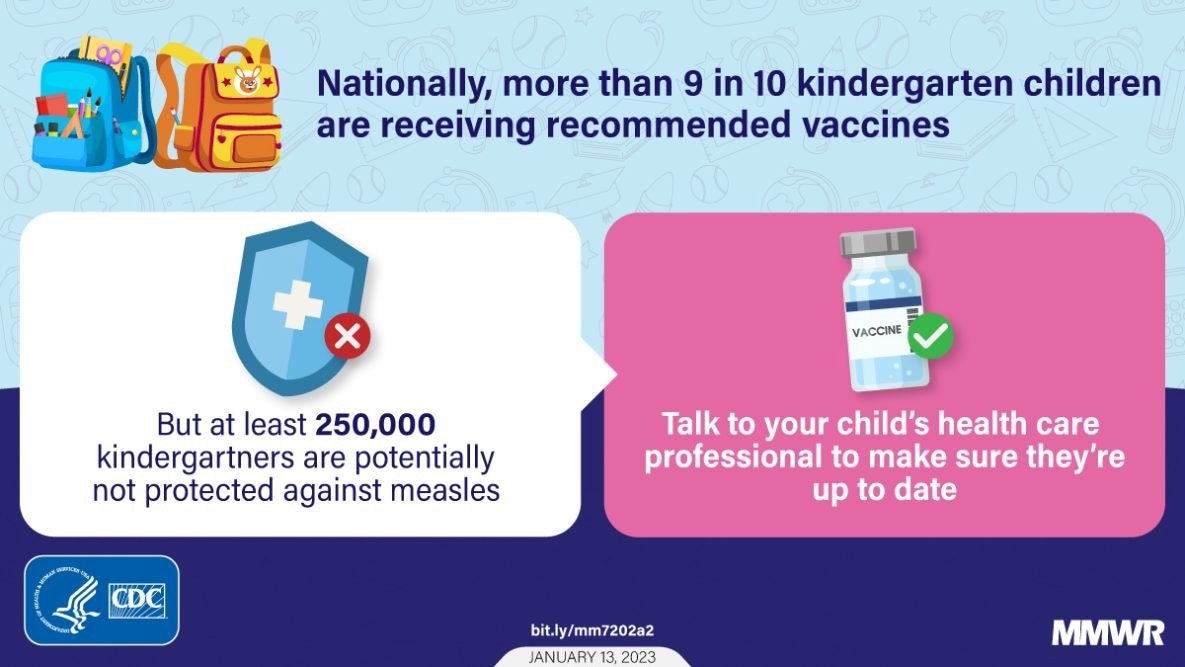![]()
First, Is baby having trouble properly latching on? Break the suction carefully by gently inserting a clean finger into the corner of her mouth or by pressing on your breast near the mouth. Then begin the lip tickling anew and let her latch on again properly, with the nipple and the areola in the mouth.



How long to breastfeed
While you may have heard that short feeds prevent soreness and cracking, that usually doesn’t come from feeding too long but from getting into a less-than-ideal position. So instead of setting time limits on each feed, let your sweetie take her time at the breast — and expect feedings to be long initially.
- Sessions typically last 20 to 30 minutes. But keep in mind, that’s on average. Your baby could take more or less time and need to feed for longer in the beginning and during growth spurts.
- Drain one breast fully. Ideally, at least one breast should be well-drained at each feeding. This is more important than being sure baby feeds from both breasts, since hind milk — the last of the mature milk that baby feeds on — is richer in fats and calories. So don’t pull the plug arbitrarily. Instead, wait until your baby seems ready to quit on breast one, then offer, but don’t force, breast two. If baby drains one breast and doesn’t want any more, start with the other breast at the next feeding.
- Wait for baby to signal she’s done. End the feeding by waiting for baby to let go of the nipple. If your baby doesn’t, you’ll know to end the feeding when the suck-swallow pattern slows down to around four sucks per one swallow. Often, your baby will fall asleep at the end of the first breast and either awaken to nurse from the second or sleep through until the next feeding. Again, unlatch by pressing on your breast near baby’s mouth or carefully inserting a clean finger into the corner of your infant’s mouth.

 PARENTING TIPS
PARENTING TIPS







 PREGNANCY
PREGNANCY








 BABY CARE
BABY CARE








 TODDLERS
TODDLERS








 TEENS
TEENS








 HEALTH CARE
HEALTH CARE







 ACTIVITIES & CRAFTS
ACTIVITIES & CRAFTS








 CONTACT
CONTACT ABOUT
ABOUT



![‘YAKKO’S WORLD’ Sung By 168 Movies! [Video] Kids Activities Blog ‘YAKKO’S WORLD’ Sung By 168 Movies! [Video] Kids Activities Blog](https://kidsactivitiesblog.com/wp-content/uploads/2016/09/Sing-along-with-Yakkos-World-geography-song-Kids-Activities-Blog-fb.png)










